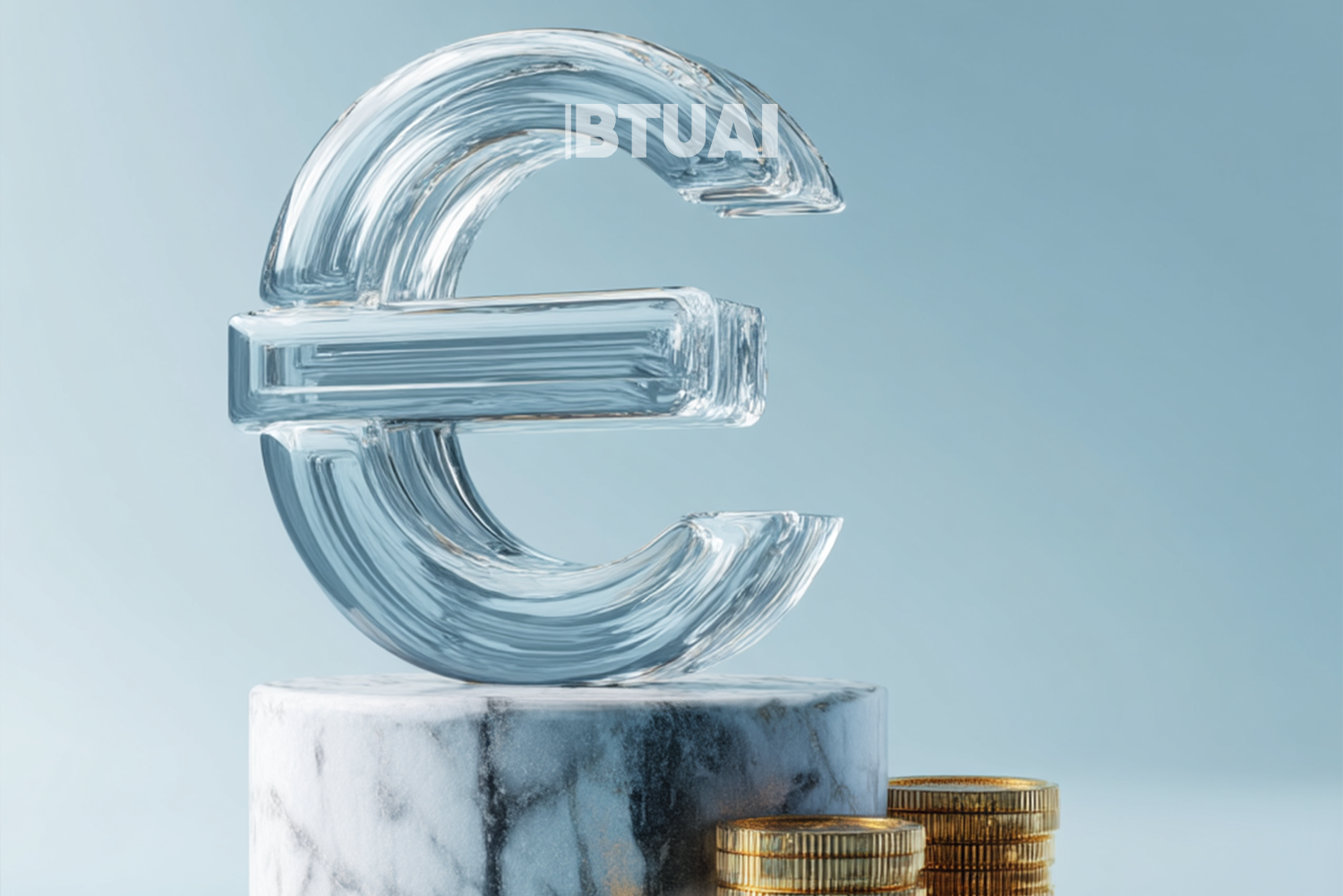Euro’s New Opportunity: Can the Euro Capitalize on the Dollar’s Weakness?
The ongoing turbulence in global financial markets clearly signals a gradual erosion of the unipolar structure that has long

The ongoing turbulence in global financial markets clearly signals a gradual erosion of the unipolar structure that has long defined the world economy. Growing skepticism about the reliability of American financial assets—particularly the dollar—is creating a unique window of opportunity for Europe, which has already begun showcasing its stability, predictability, and adherence to the rule of law.
Investor interest in euro-denominated assets has significantly increased across European markets. Since February, the euro has appreciated more than 5% against the dollar, reaching its highest level since 2021. Yet, the key question remains: is this merely a temporary portfolio rebalancing, or the beginning of a deeper, long-term trend that could challenge the dollar’s global supremacy?
History teaches us that the euro’s ambitions are not new. The early years following its introduction in 1999 were marked by high expectations. However, the eurozone’s internal political fragmentation, sovereign debt crises, and prolonged periods of low yields eventually undermined the euro’s international role. Today, the euro accounts for about 20% of global foreign exchange reserves—roughly the same share as two decades ago. In comparison, the dollar still dominates over half of global trade transactions.
Nevertheless, Europe has recently begun to implement significant reforms. Economic integration within the eurozone has deepened, the European Central Bank has become a more effective lender of last resort, and European bonds—especially German bunds—now offer relatively competitive yields. Particularly noteworthy is Germany’s modification of its constitutional “debt brake,” allowing for the issuance of over €1 trillion in new bonds aimed at infrastructure and defense investments. This move significantly expands the pool of safe euro-denominated assets, a critical factor for global investors.
In parallel, discussions are underway in Europe about issuing new joint debt obligations—a large-scale initiative last seen during the pandemic. Still, political resistance remains strong, making future consensus on similar steps far from guaranteed.
At a time when U.S. trade policy faces a crisis of confidence and private investors increasingly seek diversification away from dollar-denominated assets, Europe presents itself as a natural alternative. Yet experts caution against excessive optimism: the euro’s path toward global hegemony will be long and difficult, requiring deeper integration of the EU’s internal market, stronger mechanisms for capital mobility, and enhanced economic dynamism.
It’s important to note that dollar weakness is only part of the equation. Investors appear to be pursuing a broader diversification strategy: gold prices are rising alongside the euro, and the Swiss franc has also seen a significant appreciation. This suggests that while global capital is exploring alternatives, it is not yet ready to fully abandon the dollar.
If Europe can push forward with internal reforms, simplify its investment climate, and integrate its financial markets more effectively, the euro’s role in the global system could grow substantially. But the path ahead is challenging—filled with political, economic, and legal obstacles. Success will depend on Europe’s ability not only to maintain stability but also to sustain momentum and innovation in a world increasingly demanding flexibility and speed from financial systems.
Europe’s future now partially hinges on whether it can transform this moment of opportunity into a coherent long-term strategy, rather than settling for short-term gains. A new chapter is unfolding in the global economy—and those who succeed will be the ones able to offer a unique blend of strength, adaptability, and trust.




